Why Ships Sink – 10 Major Reasons
Do you have any idea on why ships sink? These massive superstructures weigh thousands of tons, can span hundreds of meters in length, and those responsible for moving goods worth billions of dollars, having an average lifespan of ten to fifteen years.
When building ships of massive dimensions, the risks involved also increase proportionately. The ship construction process can be fraught with a disaster waiting to happen, while the actual sailing on the high seas poses a major threat to the stability of the ships.
All manners of safety arrangements are undertaken by all shipping companies that run thousands of ships plying the oceans. But for an industry of such massive proportions, accidents do tend to happen due to avoidable causes, unpredictable natural elements or from rampant piracy.
In this article, we will closely examine 10 major reasons why ships sink.
1. Flooding
Flooding is the most common reason why ships sink. The scientific explanation behind how ships float is that the weight of a vessel is supported by the water it displaces when floating.
Mathematically,
Weight of the Ship =Volume of Water Displaced × Density of Water
The water that is displaced by the ship equals the volume of the ship that is submerged, and we can rewrite the equation as,
Weight of the Ship =Submerged Volume of the Ship ×Density of Water
When water is able to enter the vessel through openings in the hull or superstructure, the regions filled with water are no longer hydrostatically considered to be part of the ship. However, the weight of the vessel remains constant.
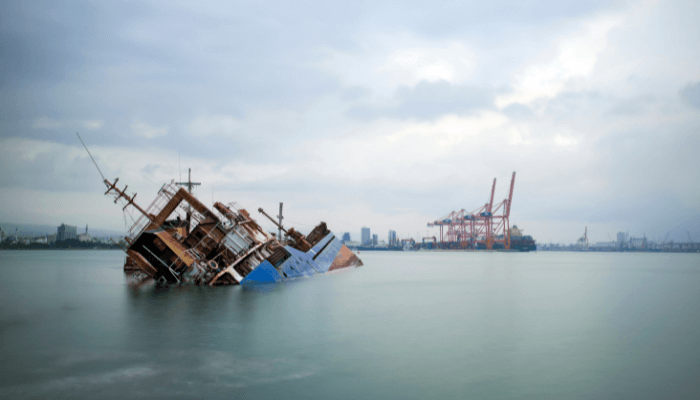
This creates an imbalance, where the weight of the ship is now larger than that of the displaced water. As a result, the vessel continually sinks lower in the water until it is completely submerged. Due to mounting water pressure, holds, walls and bulkheads may eventually rupture, which will lead to the vessel rapidly sinking.
2. Grounding and Collision
The ships are propelled by massive marine engines driving the propeller while the direction is controlled by the rudder. There have been many cases reported of grounding, which is bottom of the ship scrapping on the ground or on rocks near to the shore. However, the ship can sink after grounding in heavy or bad weather which will first damage the ship’s hull and heavy swell will take the ship to deeper water making it sink.
Also, ships are large structures that take time to respond to manoeuvring inputs from the bridge. On average, it may take a ship hundreds of meters to come to a complete stop, and time to turn effectively.
Given these circumstances, there is always a chance for a vessel to collide with other ships, tugs, ancillary vessels or floating structures such as port wharves if proper precautions are not taken.
Once a collision occurs, the hull of the vessel may rupture, leading to imminent flooding as discussed previously. In addition, there is a high chance that equipment such as the rudders or propellers may be damaged by the collision.
A collision can also lead to loss of cargo which can destabilize the ship leading to loss of stability which is explained in the next section.
3. Loss of Stability
All floating bodies have a metacentric height, that is defined as the vertical distance between the metacentre (M) and the vertical centre of gravity (G).
For ships, the vessel will remain relatively stable as long as this quantity remains positive. In the event it becomes negative, the vessel can capsize with the smallest of forces.
The metacentric height (GM) is directly related to a quantity known as the period of roll. This refers to the time that an oscillating body will take to come back to the original position of stability.
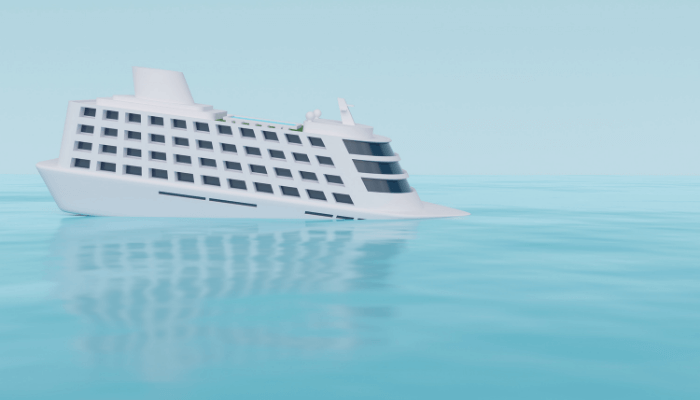
Vessels with very large values of GM will instantly reach an upright position, which can cause damage to the equipment and machinery owing to the large forces exerted.
On the other hand, very low values of GM will have extremely high periods of roll. In this case, the vessel has a high chance of taking on water through the deck. Thus, if the GM moves out of the safe region due to various conditions, there is a chance of the vessel sinking.
4. Poor Weather Conditions
Bad weather is exceedingly common for ships sinking, and contributes to nearly 75% of all other types of accidents. Due to the large unobstructed open space found in the ocean, wind speeds can reach the regions associated with typhoons or hurricanes. This can create massive waves that are able to capsize vessels.
Vessels can sink due to a few main reasons- wind and other forces forcing the ship to lean at dangerous angles to the port or starboard sides, waves on the deck adding weight to the vessel and forcing it lower into the water, or waves crashing into the side of the vessel and causing flooding.
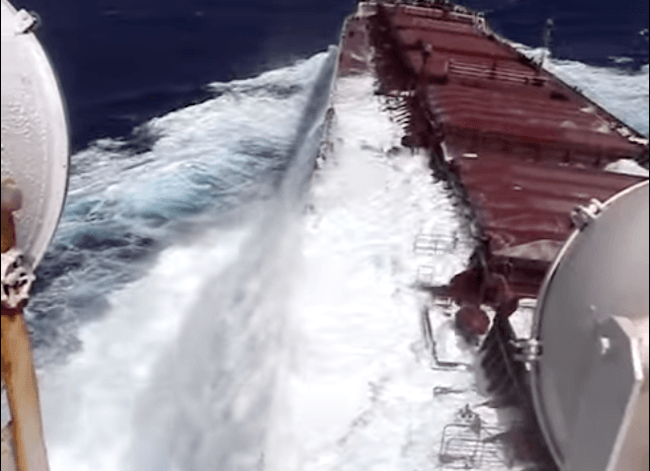
All these reasons force the vessel to take on water, which eventually leads to it becoming unstable and susceptible to sinking by the smallest of disturbances.
5. Negligence and Human Error
Fatigue, negligence and simple mistakes all contribute to a number of disasters at sea. These occur when ships are under-manned, have crews that are fatigued or are not properly managed.
As a result, simple avoidable errors are prone to occur. For instance, obstacles that float can get entangled in the rudder and propellers or can damage the hull.
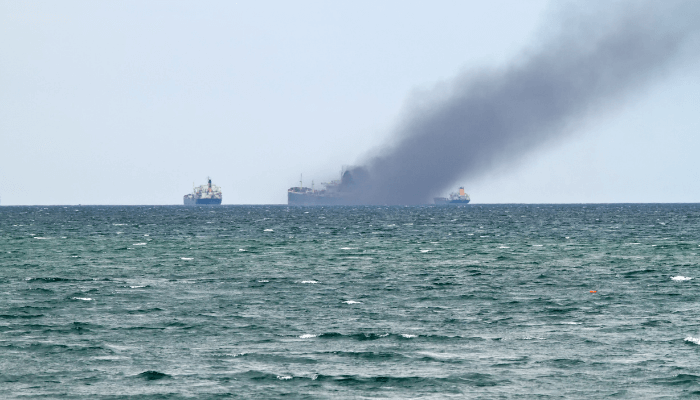
If not spotted in time, the vessel can collide with them. In addition, if engine room measurements and adjustments are incorrectly made, there is a chance of the ship sinking due to a lack of thrust.
It is important that shipping and passenger lines take efforts to keep the crew well-rested and ensure that the vessel is adequately manned at all times.
Sometimes, a wrong judgement regarding technical aspects can lead to the stability of the vessel being compromised.
5. Faulty Equipment
On the open ocean, visibility can sometimes be low owing to mist or fog. In addition, waves can make it difficult to detect floating objects that may pose a danger to the vessel.
This is where modern equipment comes in, to guide the officers in the bridge in ensuring stability. However, incorrectly calibrated equipment is extremely dangerous, since the crew may use them to make key decisions.
In general, all equipment is to be routinely monitored and checked for accuracy at regular intervals. Although the preferred time interval between checks should be every thousand kilometres of the open sea or ocean sailing, cuts on spending can force companies to skimp on essential services. This can result in dangerous consequences that may cause the vessel to capsize and sink.
6. Improper Maintenance
Ships stay at sea for extended periods, often returning to ports once or twice in a month or so for loading supplies and refuelling. Corrosion, metal fatigue and prolonged exposure to harsh conditions can warp and damage the vessel. Without regular maintenance, there is a high possibility of an accident occurring.
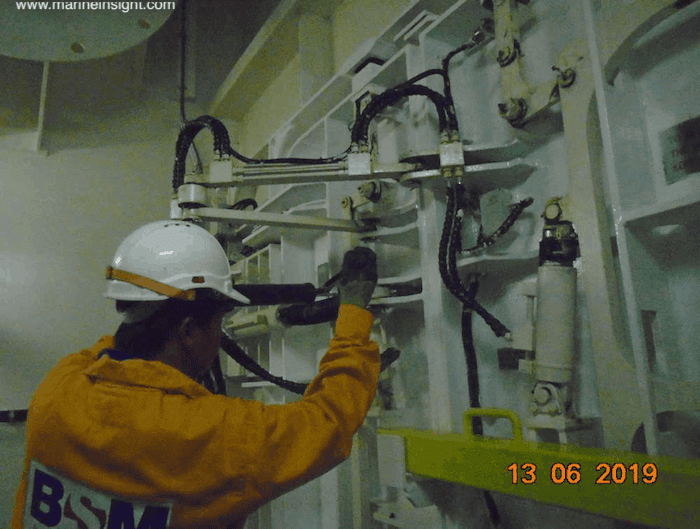
For instance, the marine diesel engines that power modern vessels have extremely high ranges of operations RPMs. Under these conditions, the propeller shafts, rudders and propellers themselves can get damaged. In addition to vibrational loads, high-speed propellers are susceptible to cavitation, that occurs due to the boiling of water near the surface of the propeller. Thus, regular check-ups are required, else there is a chance of the propulsion systems getting damaged.
In general, small components are often the first to wear away, and thus comprehensive overall maintenance must be carried out diligently.
On average, ships with a lifespan of ten years have their full overhauls once in two to three years. If not carried out properly, it is possible that systems fail, leading to the vessel capsizing and eventually sinking.
7. Wartime Casualties
During the world wars of the early and mid-twentieth century, hundreds of ships and vessels were sunk. Torpedoes, underwater mines, depth charges, artillery fire etc. were responsible for the majority of these cases.
In addition to the actual wartime casualties, there continue to be accidents that occur because of undiscovered mines or floating charges that are still armed and highly dangerous.
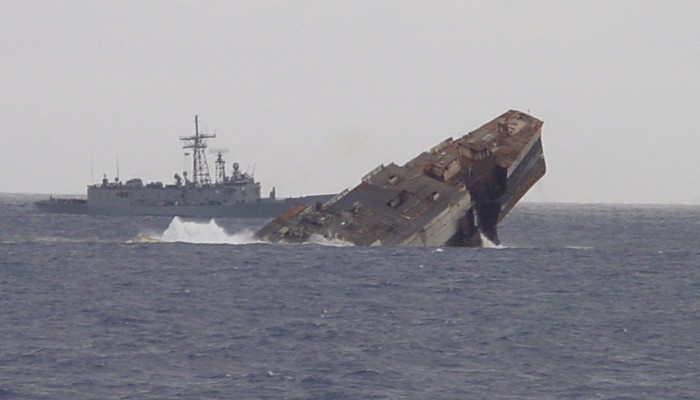
In most cases of wartime sinking, torpedoes or explosives were used to rupture the hull, allowing water to flood the holds and drag the vessel down. To combat this, anti-torpedo protection such as toughened bilge keels were added to warships and commercial vessels plying dangerous routes. These softened the impact of the torpedo and sometimes deflected the main shockwave away from the ship.
8. Dock Mishaps
Docks and ports are cramped spaces that seek to maximize efficiency in the smallest of locations. Thus, ships need to be extraordinarily precise when manoeuvring, even with the aid of tugboats. However, considering the massive size of modern ships, there a multitude of port accidents that occur and sink ships.
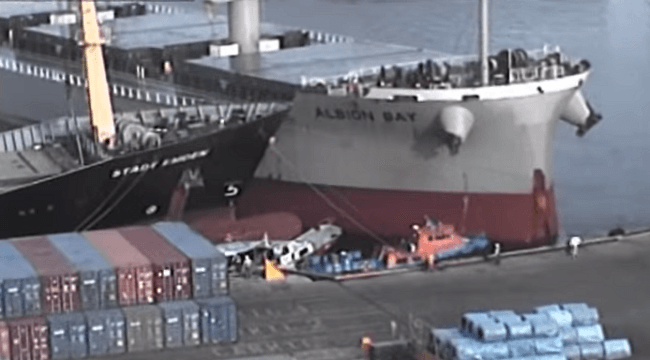
For instance, if the port has not been correctly constructed, there is a high chance that a huge amount of water is compressed when a ship attempts to berth. The resulting hydrostatic pressure can rupture the hull and capsize the vessel. In addition, collisions with tugs, support vessels and the port wharf itself may damage the steel plating that makes the hull, which could sink the ship.
It is up to the port authorities to ensure that safety protocols are in place to control ships and guide them in manoeuvring around tight turns.
There are many cases of improper loading, leading to ship capsizing and sinking right on the jetty.
Piracy
Piracy at sea continues to be a menace, even though the ages of bearded pirates and ships are long gone. Modern-day pirates use sophisticated technology that rivals the navies of some countries.
Armed with missile launchers, torpedoes and interception devices, they are able to effectively board, loot and eventually sink the vessels that they attack. Generally, piracy results in the ship and the crew being held for ransom. However, sometimes the ships are too massive for the pirates to manage, and hence the bottoms are scuttled once the attack is complete.
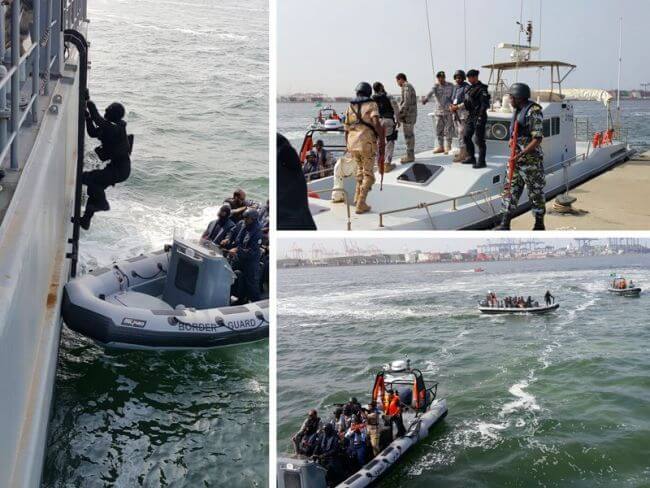
To combat piracy-related activities, several navies patrol the waters around dangerous zones such as the coastline and the Horn of Africa. These locations are a hotbed of criminal activity, and some countries have taken to setting bases up at strategic positions to protect ships passing through these waters.
Safety Measures to Prevent Sinking
Although ships are at the mercy of the elements, there are still steps that can be taken to prevent untoward incidents from happening. Regular maintenance and checks of individual components that make up the ship are essential to ensure that the vessel runs smoothly and has a long life.
Although cost-cutting is often the reason behind skipping checks, they actually reduce the life of the vessel, making it costly to the parent company. In addition, properly training the crew and having adequate personnel on board can reduce human error and negligence.
By making the crew aware of the safety protocol to be followed, the damage can be reduced, and lives can be saved. Along with this, properly designing the vessel can eliminate problems that are not apparent initially.
For instance, faulty propulsion valves have serious consequences, but cannot be identified during the sea trials. Also, properly plotting the route and following basic safety guidelines laid down by the SOLAS is essential to curbing accidents that may lead to a ship sinking.
Prominent Ships That Have Sunk
When talking of ships that have capsized, the most famous example that comes to mind is that of the Titanic. Built by Harland and Wolff and operated by the White Star Line, RMS Titanic set sail from Southampton on April 10th, 1912. While crossing the Atlantic, the ship struck an iceberg and promptly sank due to flooding. As the fore hull was damaged, the forward bulkheads took on water. As water filled the holds near the bow, the weight of accumulating water thrust the stern upwards. The building shear force on the hull eventually split the vessel in two.
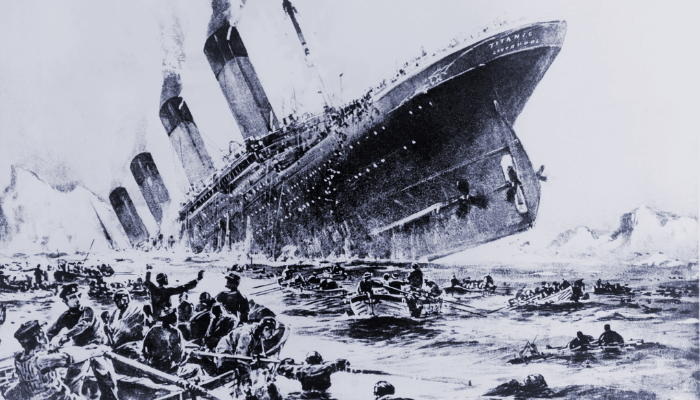
An official inquiry into the cause for the sinking yielded information that the damage caused by the iceberg was far more serious than anticipated by the officers on the bridge, and that poor visibility and lax patrolling had led to the collision. As a result, no action was immediately taken, and evacuation was significantly delayed. In addition, inadequate lifeboats resulted in thousands of people losing their lives, as they were either stuck on the sinking ship or died of hypothermia due to the freezing cold ocean temperatures.
Another notorious tragedy was the sinking of the Costa Concordia on 13th January 2012 off the coast of Tuscany in Italy. Built-in the Fincantieri Shipyard for the Costa Crociere cruise line, the vessel was one of the largest ships built in Italy. During a cruise around the coast of Italy, the ship struck a rock which led to heavy flooding on the port side.
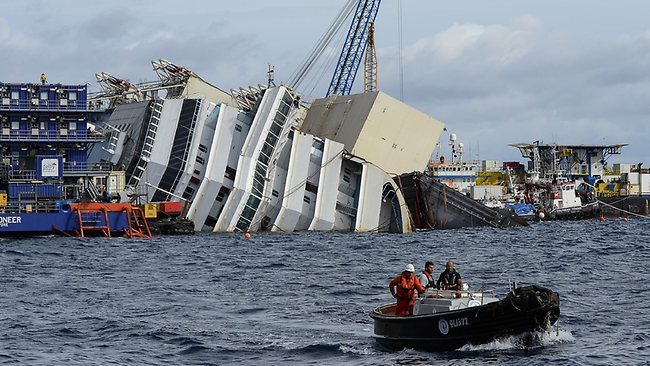
Short-circuited electrical equipment resulted in a loss of power to the propulsion systems. In addition, the building water pressure forced the vessel into an irreversible list that eventually ran the ship aground, on the Isola del Giglio, located off the coast of Italy.
Evacuation started nearly an hour late and the rescue took more than six hours, which led to the death of thirty-two passengers. In addition, severe damage to the hull resulted in the ship eventually being scrapped at a shipyard in Genoa. The captain of the vessel was found guilty of manslaughter, as negligence had resulted in the ship running aground. Although the resulting deaths were considerably fewer than that of the Titanic, it served as a reminder that without the proper precautions and safety protocols, accidents can occur.
Over to you..
What are the main reasons a ship sinks?
Let’s know in the comments below.
Do you have info to share with us ? Suggest a correction

About Author
Ajay Menon is a graduate of the Indian Institute of Technology, Kharagpur, with an integrated major in Ocean Engineering and Naval Architecture. Besides writing, he balances chess and works out tunes on his keyboard during his free time.
Latest Naval Arch Articles You Would Like:
Subscribe To Our Newsletters
By subscribing, you agree to our Privacy Policy and may receive occasional deal communications; you can unsubscribe anytime.




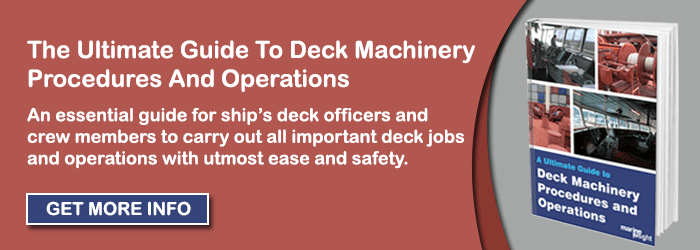
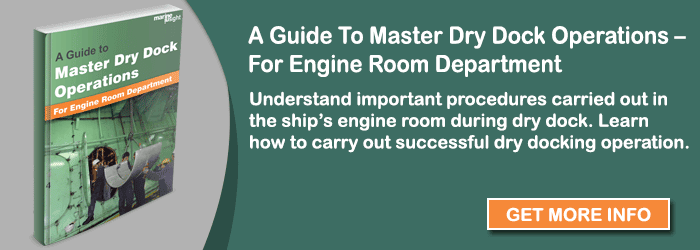
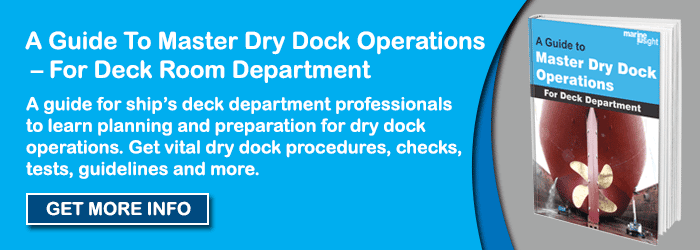
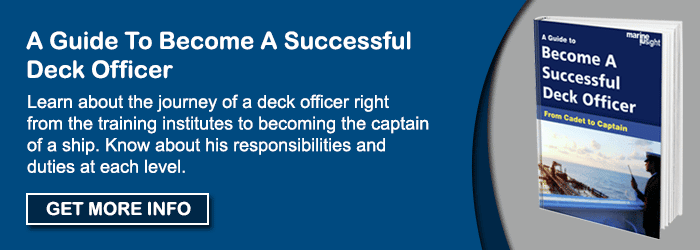
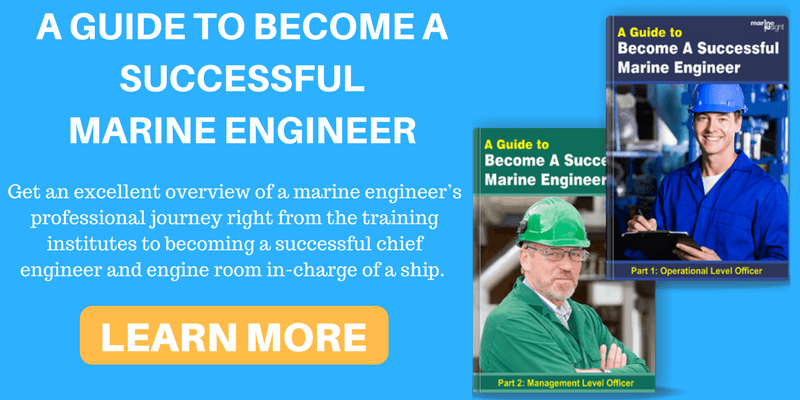







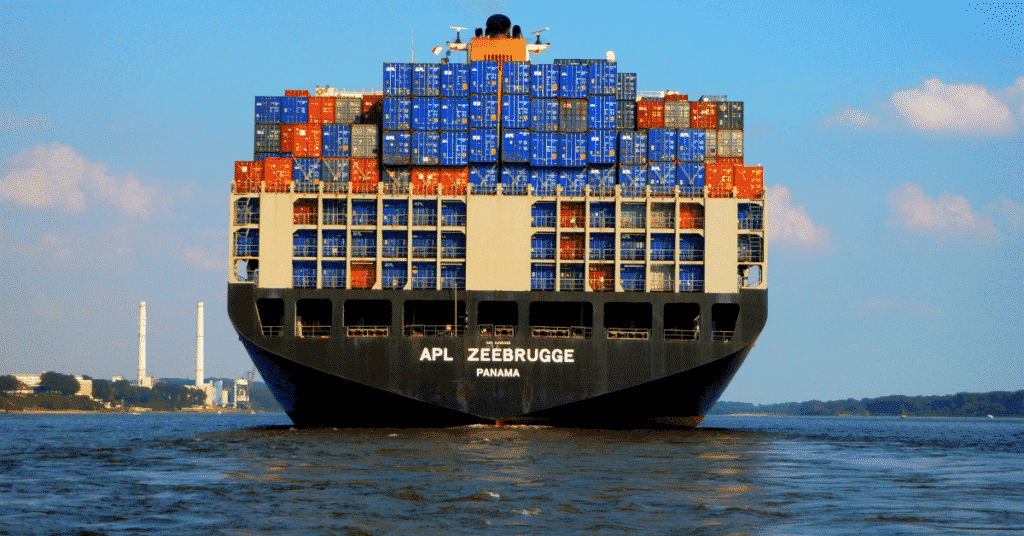
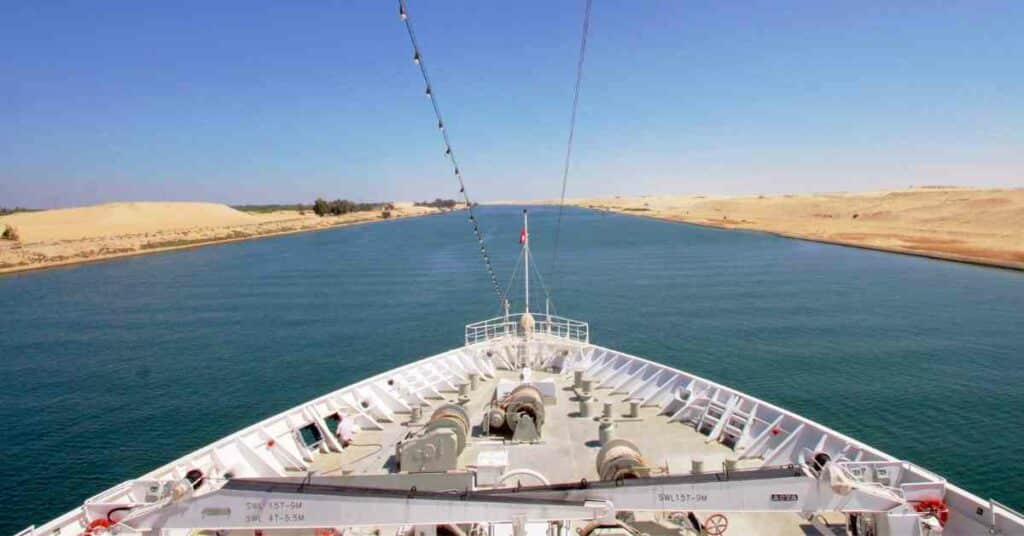
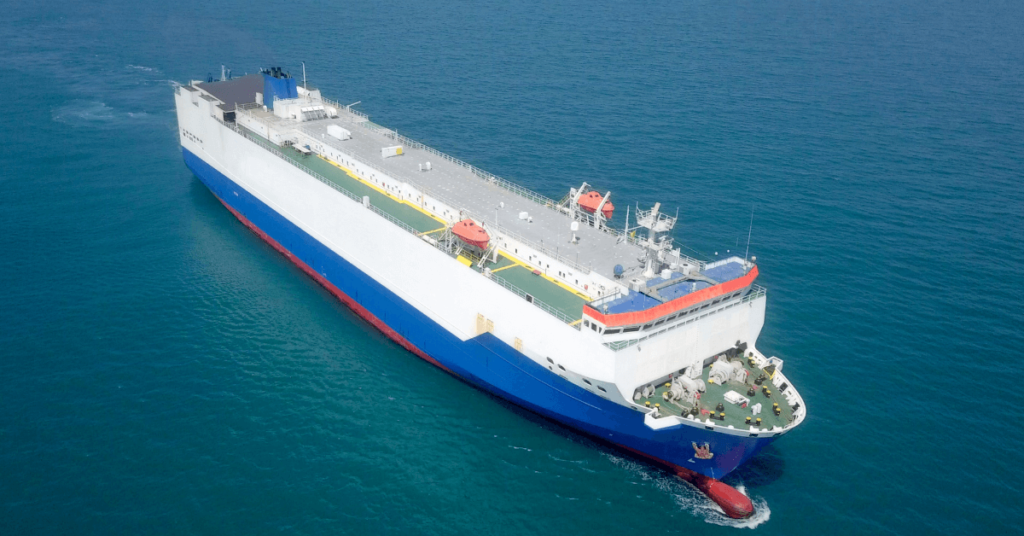
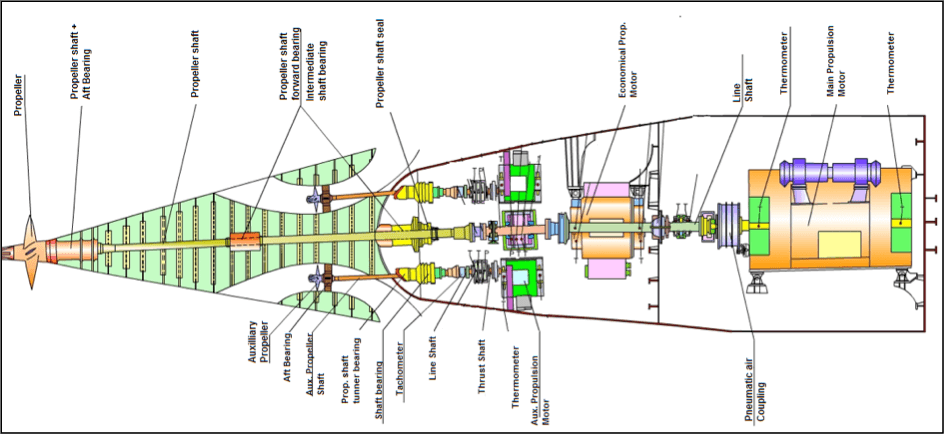
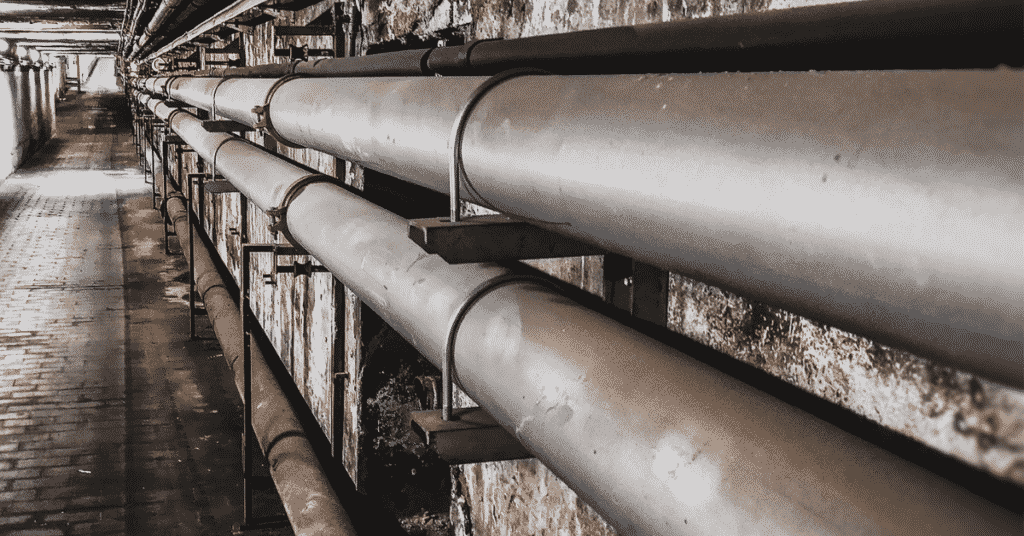
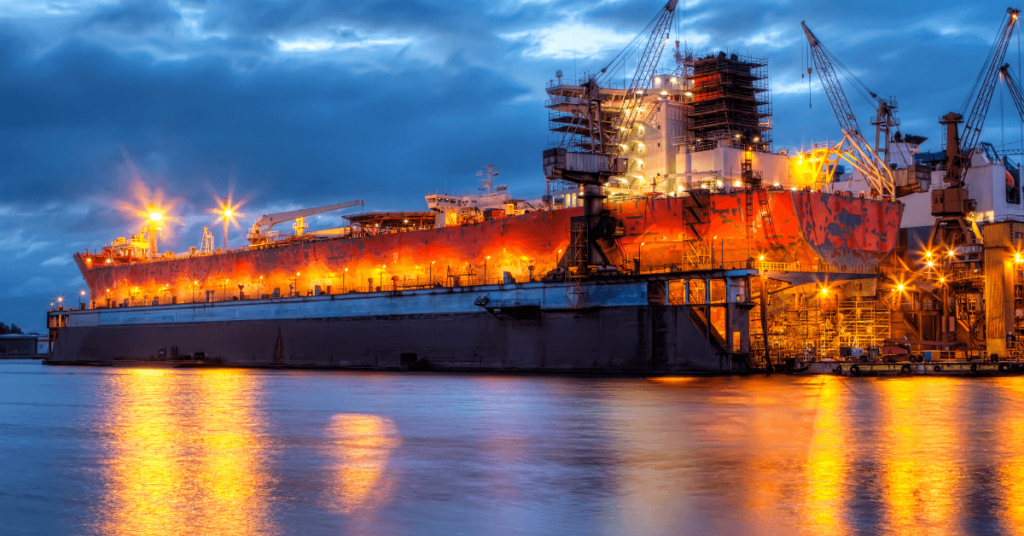
in my traduction:
Throughout my life as an officer of the Mexican Merchant Navy (20 Years), I was trained and educated maritime. Under the premise that “A SHIP IS A LEAF IN THE MIDDLE OF THE OCEAN, AND THAT THE ANTS ON BOARD THE LEAF SHOULD ACT INTELLIGENTLY SO THAT THE LEAF, WIDE AND FRAGILE DOES NOT DROP AND REACHES THE NEXT SHORE”, gives us an example of what every self-respecting sailor must do on board a ship, whatever it may be.
Current times have turned the minds of new sailors (worldwide) into automatons that respond only to a screen and what it expresses; the reasoning and the development of the imagination about what may happen under certain or some circumstances or conditions no longer apply as a first action, now they consult the navigation or safety devices to be able to act, without even reasoning the conditions of that moment.
“HOW MANY TRAINING OPPORTUNITIES WASTE BY THE CAPTAINS OF THE SHIPS BY NOT GIVING IMPORTANCE TO THE ZAFARRANCHO EXERCISES AND THE ISM CODE”
Currently I am an independent maritime inspector (in Mexico) and I know first-hand what many Captains and Officers write in their LOG JOURNALS, “ZAFARRANCHO WAS CARRIED OUT AGAINST FIRE”, however this activity has not been supported by any act that guarantees that said activity had a positive impact on the participants, or that it resolved any doubts in them, and so on. That is why I mention that “THEY LOSE THE OPPORTUNITY OF TRAINING ON BOARD”, when the dumps are not executed properly.
“AN OFFICER OF A VESSEL, WHATEVER IT MAY BE, OF ANY FLAG, IS RESPONSIBLE FOR:
* THE LIVES OF YOUR TRAVEL COMPANIONS,
* OF THE CARGO THAT IS TRANSPORTED,
* FROM THE UNIT THAT HAS BEEN ENTRUSTED AND
* OF THE ECOLOGICAL DISASTER ORIGINATING WITH THE SINKING OF A TRANSPORTATION UNIT ENTRUSTED TO IT.
Because in the event of extreme damage, we leave behind:
** OUR FAMILY MEMBERS AND ON OUR COMPANIONS, WHO DEPENDED ON US;
** WE DELAYED THE PROGRESS OF THOSE WHO TRUSTED US;
** WE FAILED AND DAMAGED THOSE WHO ENTRUSTED US WITH THEIR GOODS AND
** WE DAMAGE THE ECONOMY OF COUNTRIES THAT LIVE FROM FISHING, BY POLLUTING THEIR WATERS.
If only MARITIME ACTIVITY WERE EXERCISED AS A RESPONSIBLE AND HUMAN PROFESSION, OF COMMON SENSE AND OF PROFESSIONAL DEMAND, I believe that the cases of fires, strandings and other polluting maritime accidents would be greatly reduced.
Captain Ascencio is correct. Training, without proper experience and thinking constantly about your job and responsibilities, will not avert a disaster.